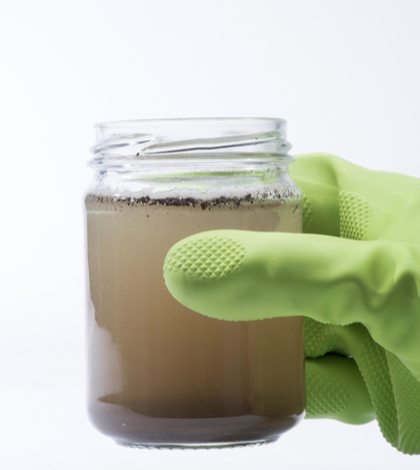The combination of contaminants in your tap water may be hazardous to your health. So says a peer-reviewed study by scientists at Environmental Working Group (EWG), a non-profit, non-partisan organization based in Washington D.C. EWG is dedicated to dedicated to protecting human health and the environment.
In the study assessing the cumulative risk from carcinogenic drinking water contaminants, EWG’s research studied the array of toxic pollutants in California’s drinking water that could, in combination, could cause more than 15,000 excess cases of cancer. EWG’s scientists analyzed state and federal data on carcinogens and other toxic contaminants that were detected from 2011 to 2015 in more than 2,700 California community water systems. However, regulators currently test tap water for health hazards of tap water pollutants one by one but drinking water rarely contains just one contaminant. The EWG study, recently published in the journal Environmental Health, focused on a groundbreaking method of calculating the combined health impacts of multiple contaminants in a single water supply.
According to EWG’s study, the greatest risks tended to be in small to midsize communities. These communities tend to be more cash-strapped and often the most in need of costly treatment systems and other infrastructure to ensure safe drinking water. Their findings identified (in descending order) arsenic, byproducts of nine disinfectant chemicals, and hexavalent chromium/chromium-6 — the well-known cancer-causing chemical highlighted in the “Erin Brockovich” movie – as the most commonly found chemical in California water systems. Much lesser found radioactive elements group (uranium and radium) and a group of five volatile organic compounds were also identified.
The above contaminants in California tap water pose more than one-in-one-million cancer cases risk. The estimated number of lifetime cancer cases for a contaminant group is calculated by summing the estimated number of cancer cases due to individual contaminants in a group.
Although other regulators commonly use the cumulative risk approach to assess the health impacts of multiple air pollutants, the EWG study is the first known use of this method for drinking water contaminants. The U.S. Environmental Protection Agency (EPA) publishes a cumulative risk assessment of carcinogenic air pollutants, known as the National Air Toxics Assessment.
The key “take away” for the WG study is that legal water doesn’t always mean safe water. According to the state’s Safe Drinking Water Information System, 90 percent of California’s water systems met all federal standards for the past seven years. But, statewide, nearly two-thirds of drinking water systems contained at least two cancer-causing contaminants in excess of one-in-a-million risk levels.
EWG’s recommendation is to check the EWG Tap Water Database to see whether contaminants were detected in your local water. If contaminants are present EWG highly recommends businesses and homes use water filtering systems. The EWG Tap Water Database can be found at: https://www.ewg.org/tapwater/.
 California Water News Daily Your Source For Water News in California
California Water News Daily Your Source For Water News in California


